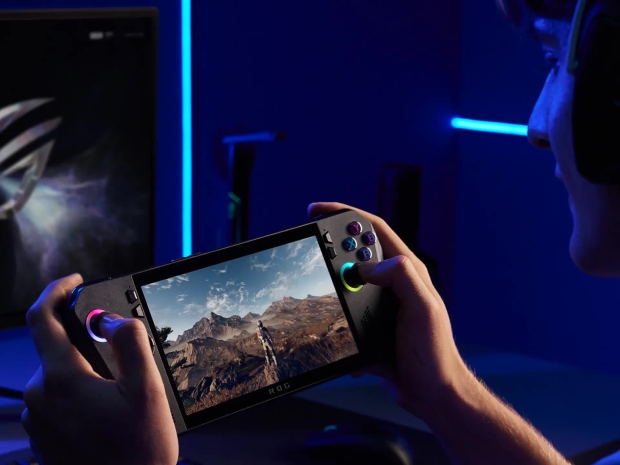Ars Technica’s latest benchmarks on Lenovo’s Legion Go S show SteamOS 3.7 delivering higher frame rates than Windows 11 in four out of five recent AAA games.
The results are a clear sign that Valve’s Linux-based system is no longer just a niche experiment. It now presents a viable alternative to Microsoft’s long-standing dominance in the PC gaming world.
Unlike the Steam Deck, which still lacks official support for running Windows, Lenovo’s Legion Go S is built for both platforms. The SteamOS version launched in May with optimisations tailored to non-Valve AMD hardware, while the Windows model first appeared in January.
To test performance differences, Ars Technica ran a batch of demanding games on the SteamOS version, then reinstalled Windows 11 with Lenovo’s latest drivers and ran the same tests again. SteamOS frequently came out on top, with Proton’s translation layer showing none of the drag many assumed it would cause.
Ars writer Kyle Orland said that only Borderlands 3 gave Windows a slight edge, while every other title favoured SteamOS.
“Changing from Lenovo’s Windows drivers to SteamOS meant the difference between a hard-to-take 18 FPS average and a downright decent 33 FPS average in Returnal," Orland said.
Windows ran into driver headaches. Doom: The Dark Ages refused to run on Lenovo’s outdated drivers, and only worked after Ars manually installed newer drivers from Asus’ ROG Ally support page. Even then, performance lagged behind SteamOS by 8 to 36 per cent.
These numbers are striking given that SteamOS still relies on Proton to convert Windows code into something Linux can use. Valve’s years of effort refining Proton and the Mesa graphics stack appear to be paying off. SteamOS also benefits from trimming the background clutter that Windows drags along by default.
Microsoft seems to know this is a problem. It recently announced a new “Xbox Experience for Handheld” mode designed to reduce background processes and free up system resources for gaming.
SteamOS is not perfect. It still has big gaps in hardware and software support. Intel CPUs, Nvidia GPUs and many newer AMD chips are still left out. Plenty of games require workarounds or simply refuse to run.
Still, the Legion Go S with SteamOS costs $599, which is $130 cheaper than the Windows version. Even the higher-end Z1 Extreme version saves users $70. Factor in stronger performance and a cleaner gaming interface and it is clear why SteamOS is getting more attention.




